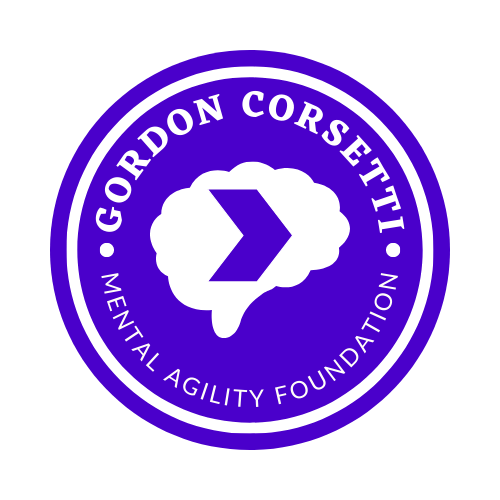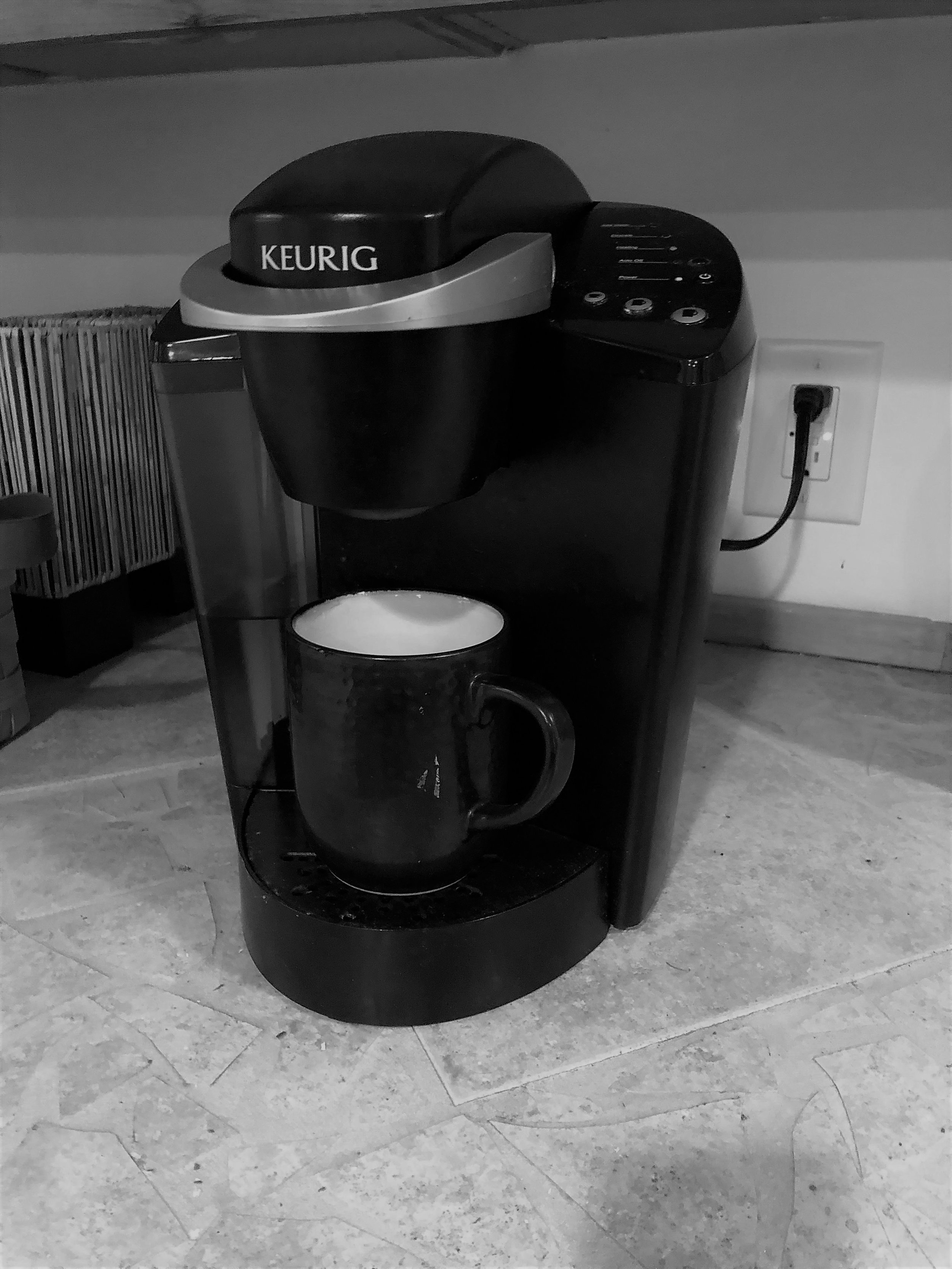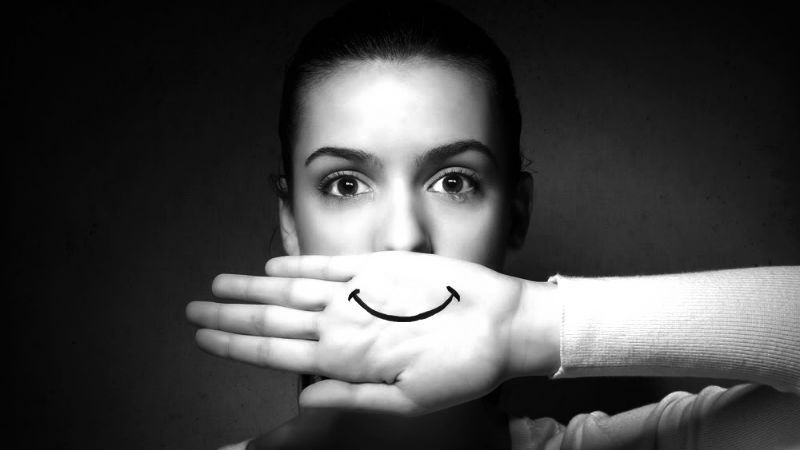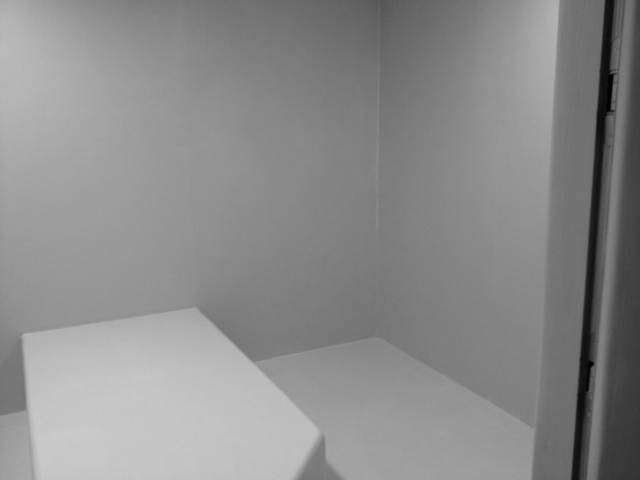Mental Health Memes
/I love memes. They’re great fun, and a great delivery system for just about any kind of message. However, there is a darker side to memes that we need to respect, and that is their tendency to reduce complex ideas down to something pithy and memorable.
Leaving us with examples like this sage advice from the 16th President of the United States of America.
Good advice? Absolutely.
Correct attribution? Doubtful.
Memorable? Certainly.
Memes are the hieroglyphics of our age, and I hope someone prints them out and stuffs them in a time capsule because it will leave future archaeologists incredibly confused.
A friend shared this meme with me recently.
As memes go, it’s a pretty good one. Strong typeface font against a stark, black background, and memorable celebrity names.
It packs a punch full of pixels, but I do not agree with the creator’s point.
“So, let me say this really loud so the people in the back of the room can hear me… Sometimes you need to check on those who seem the strongest.”
The tone is remarkably condescending, and I do not care for it.
Even worse, there is no attribution for these quotes. That is one significant downside of memes, you can make anyone say anything and it looks like they said it.
I took the liberty of hunting down these quotes.
I cannot find quotes from his friends that match exactly what the meme states.
I did find this from Ben Stiller, which I felt was pretty close: “His kindness and generosity is what I think of. How kind he was to anyone who wanted to connect with him. And he could not help but be funny all the time.”
Kate Spade’s Father really said:
"The last I talked with her, the night before last, she was happy planning a trip to California to look at colleges. She doted on her daughter."
Anthony Bourdain’s best friend, Eric Ripert:
"He was an exceptional human being, so inspiring and generous. One of the great storytellers of our time who connected with so many.”
Back to how the meme ends, I strongly disagree with the tone of the creator’s point, and I disagree with the proffered advice because it lacks specificity.
“You need to check on…” can mean anything; so it inevitably means nothing. To one person, it might mean text. To another, it might mean to sign commitment papers.
The meme is written to encourage people to reach out to those who may be suffering from mental illness and thinking about suicide. I applaud the objective, but I condemn the effort.
“How are you?”
“I’m fine.” How most conversations will end.
“Do you have a plan to end your life?”
“…”
“I’m worried, are you thinking of ending your life by suicide?”
“…”
“Please, talk to me, I’m here, do you have any plans to hurt yourself?”
“…well, I wouldn’t say a plan, exactly. Well, maybe…” How a specific question can tease out plans.
It took my fictional person three tries to get an answer, and in reality it may take forty tries. But if you are concerned about a loved one’s safety, then it helps to get specific.
Now, I am not about to argue in the negative without providing an example of something better. Here is my take on an improved meme:































